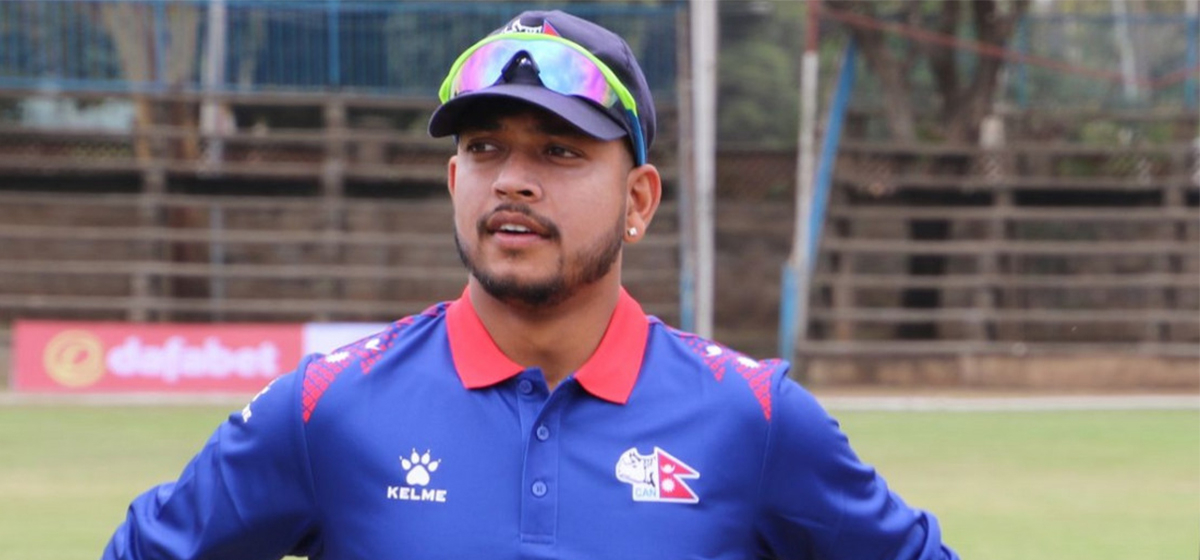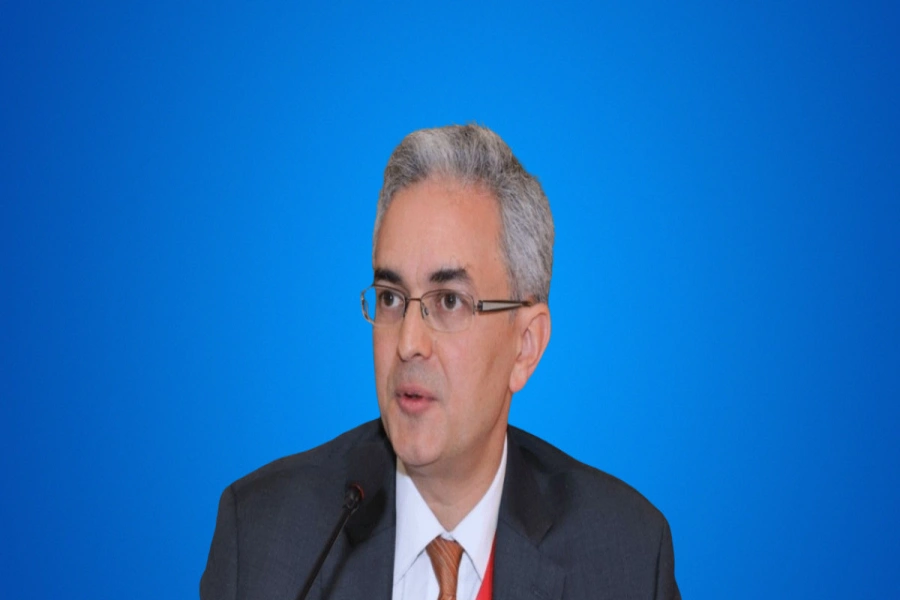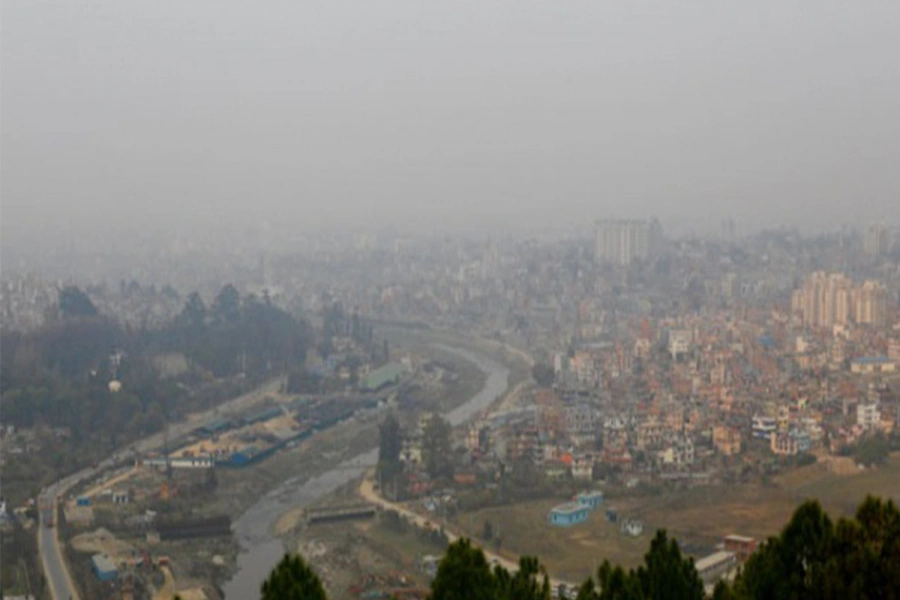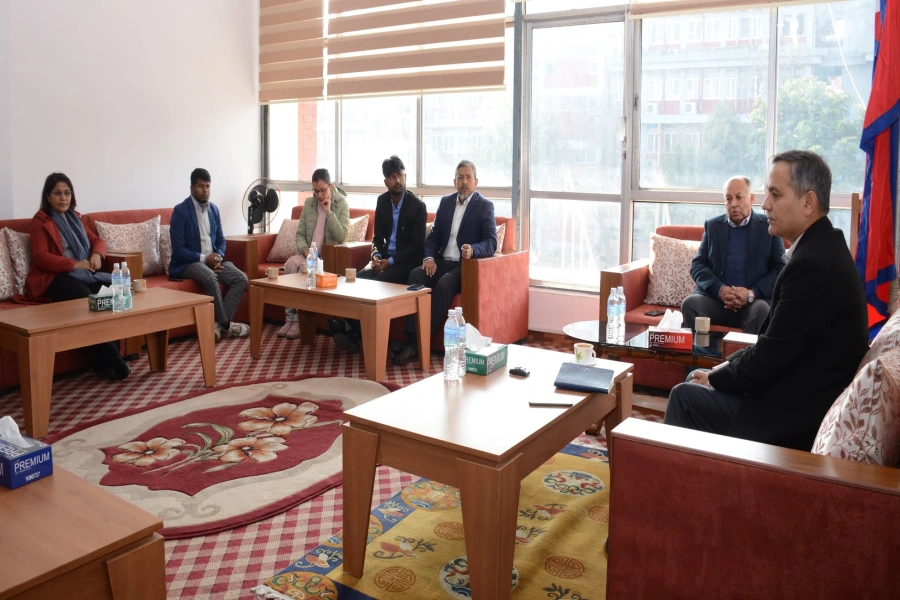KATHMANDU, July 19: The Ministry of Urban Development has decided to identify the real squatters in the Kathmandu Valley to implement the Supreme Court’s order to relocate the squatters from the riverbanks in the valley to other places, even if alternatives need to be provided. But the ministry has not yet established the criteria for identifying the genuine squatters.
The day after the Supreme Court’s order, the secretary of the Ministry of Urban Development, Maniram Gelal, consulted the newly-elected Deputy Prime Minister and Minister for Urban Development, Prakashman Singh, about resolving the riverside squatters’ problem on Thursday.
“First of all, we will confirm whether those who are living on the riverbank settlements are actual squatters. After identifying the actual squatters, we will shift them to the Ichangu Narayan apartments,” Gelal said, “After the order from the Supreme Court, real squatters have to move to Ichangu Narayan.”
According to the ministry, another initiative will be taken to move them to the Ichangu Narayan apartments. The three buildings constructed by the government to settle the landless squatters permanently are currently unused. The previous efforts were unsuccessful because the squatters were unwilling to go there. Repeated attempts by the government to relocate the squatters from the riverbanks to Ichangu Narayan have not been successful.
In November 2022, the mayor of Kathmandu Metropolitan City (KMC), Balendra Shah, tried to vacate the riverside squatters’ settlement of the Bagmati River in Thapathali. But his attempts did not succeed, as they met him with fierce opposition and criticism. The High Powered Committee for Integrated Development of Bagmati Civilization (HPCIDBC) coordinated with the KMC after failing to vacate the squatters' settlements along the riverbanks. Following the request of the HPCIDBC, the KMC tried to vacate the squatters' settlement.
Leaders parroting old promises to woo squatter votes

The squatters have been saying that they will not leave the place until they get land ownership certificates for a permanent place. On November 11, 2022, the HPCIDBC issued a public notice asking the squatters to vacate the riverside settlements of Bagmati within 10 days. The HPCIDBC also warned that if they refused to vacate within the specified time frame, they would remove the squatters by themselves. But, till now, those settlements are still there.
Number of Squatters is increasing
The number of squatter families is increasing in Kathmandu. According to the report of a task force formed by the government to study squatters, there are 3,496 families in the valley.
The report stated that there were squatter settlements in 20 wards and 27 settlements across Kathmandu, Lalitpur, and Bhaktapur. However, it is now estimated that this number has reached about 4,000. To ascertain the actual number of squatters and to find long-term solutions for organizing the unstructured settlements, the HPCIDBC formed a task force on February 28, 2022, under the coordination of board member Birendra Thapaliya.
The task force included officials such as Urban Development Ministry Under Secretary Upendra Keshar Khanal, Engineer Govinda Kafle, Surveyor Chetanath Parajuli, and Committee Spokesperson Kamal Aryal. There are squatter settlements on the banks of the Bagmati, Godavari, Bishnumati, Dhobikhola, Manohara, and Balkhu rivers.
300 rooms in three buildings unused
The government plan to relocate the squatters to Ichangu Naryan could not be implemented as the squatters have refused to leave the riverbanks. In Inchangu Naryan, the Ministry for Urban Development has built three large buildings to relocate 300 families of landless squatters.
The chief of the Intensive Urban and Building Construction Project in Kathmandu, Ganesh Karmacharya, said that the buildings constructed by the government are not used much because the squatters did not agree to go to Ichangu Naryan. According to him, some rooms of that building are being used by the ward office and Manav Sewa Ashram, a non-profit organization that provides shelter for the homeless.
There are altogether 300 flats in three buildings. Each flat consists of three rooms, one toilet and shower room. The government plan to relocate the squatters to Ichangu Narayan from the year 2004 has not yet been implemented.The task force formed to study the problem related to squatters has given various suggestions to the government for the management of squatters and unorganized settlements on the banks of the river in the valley.
The task force has advised the government to follow one of the recommended models for long-term management of 44 squatters’ families living along the Bishnumati river bank and 23 squatter families residing in the Dhobi Khola corridor. In 2004, the government relocated 23 squatters’ families from the Dhobikhola riverbank to Budhanilkantha-2, providing compensation of Rs 600,000 to 700,000 per family.
Additionally, the KMC provided Rs 200,000 per family to the squatters. The Kathmandu Valley Development Authority (KVDA) assessed the area and structure of the squatters’ settlements and provided compensation of Rs 600,000 to 700,000 per family.
At that time, 10 squatters’ families accepted the compensation but did not move to Budhanilkantha. The government had relocated the 44 squatters’ families to Kirtipur-2, who had been living along the Bishnumati riverbank, but they did not receive any compensation from the government.






































